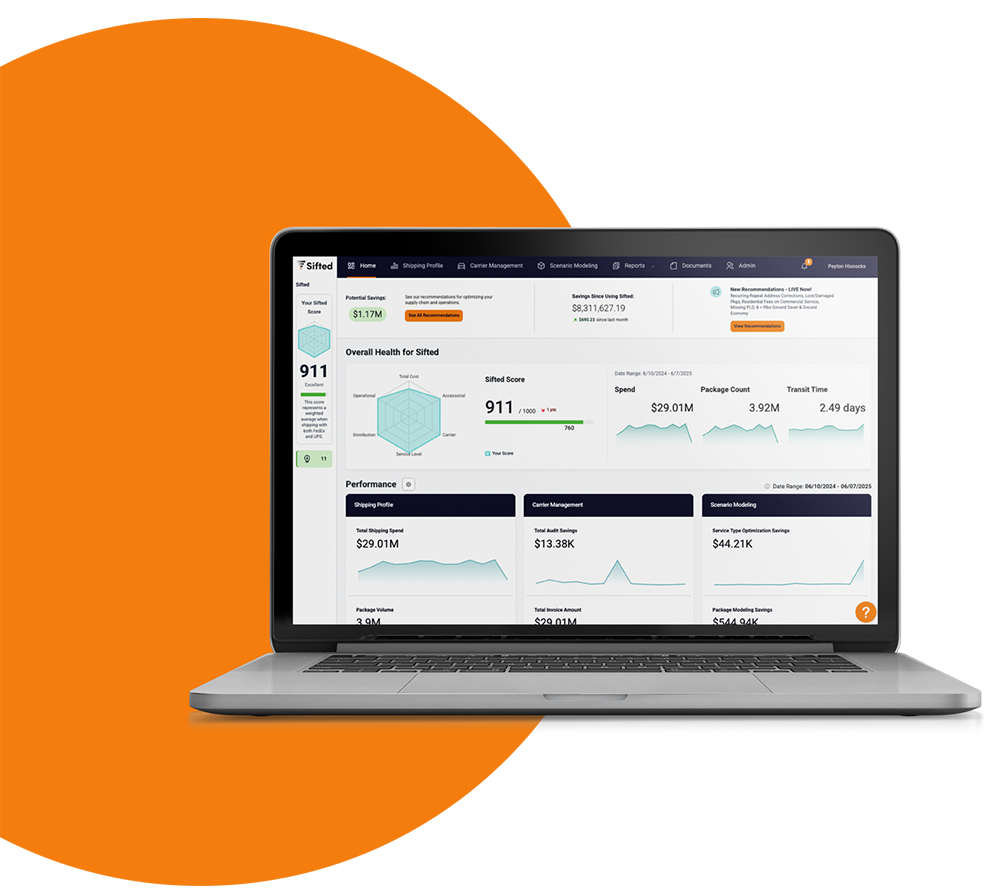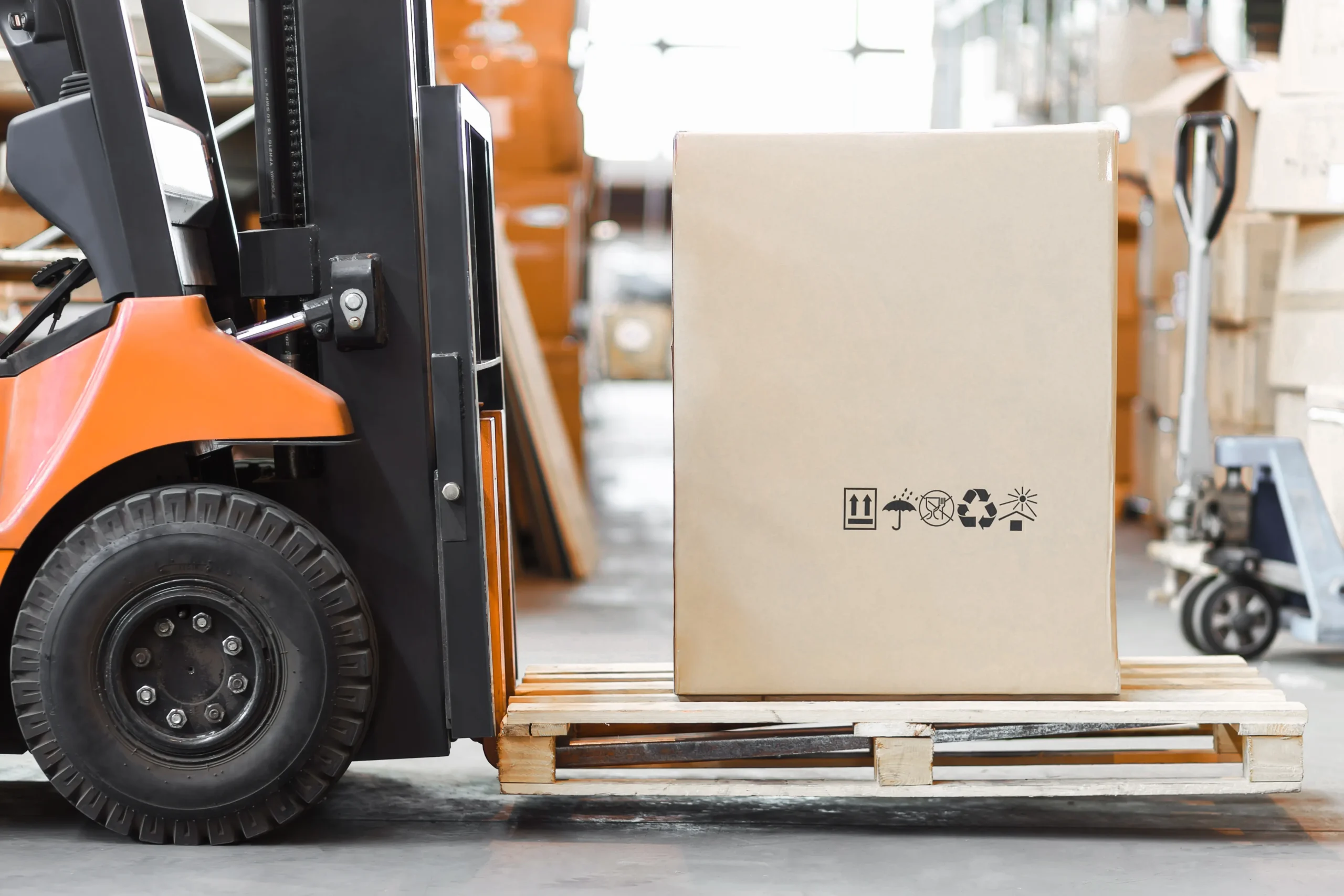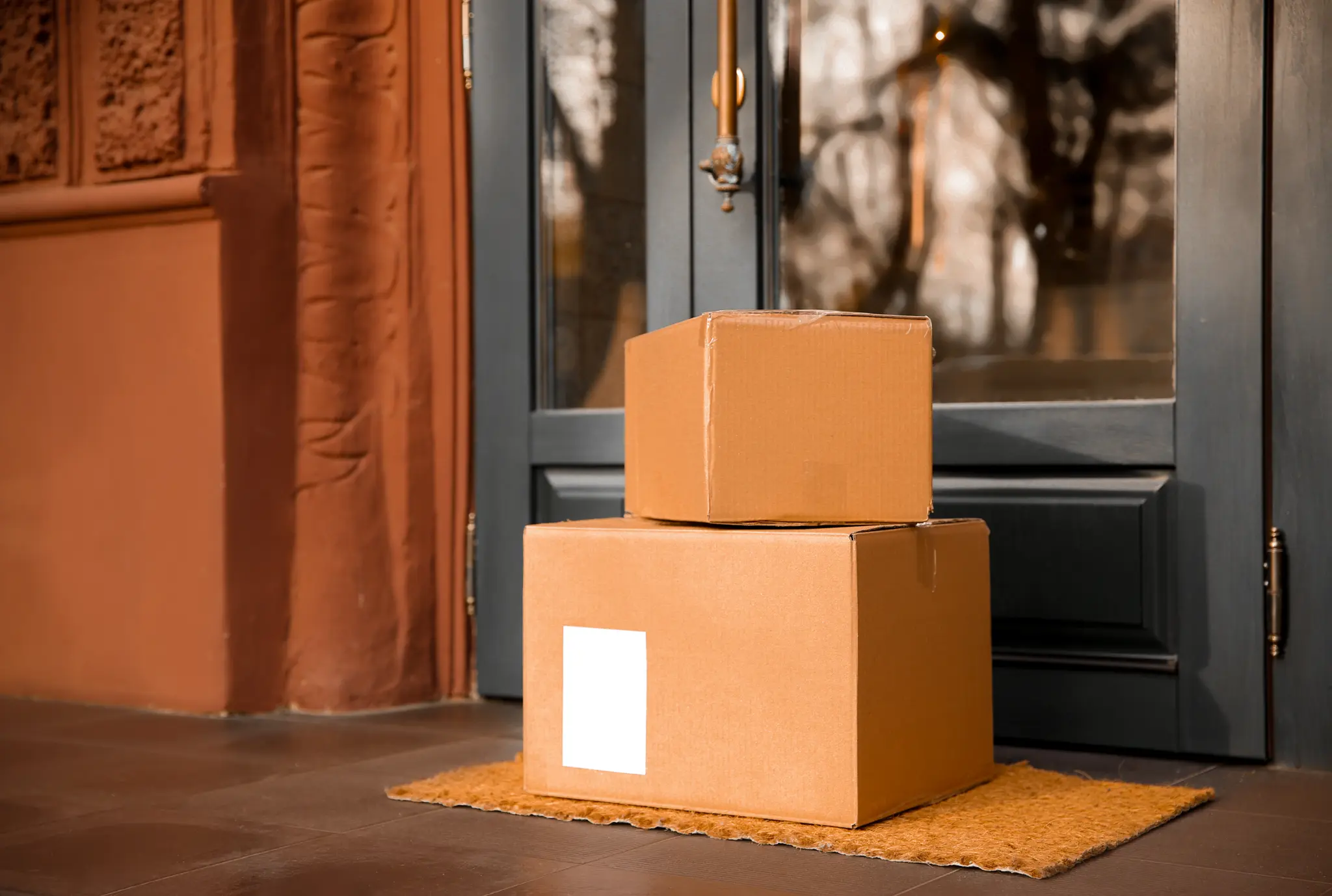This article breaks down the differences, overlaps, and optimization opportunities across inbound and outbound logistics, plus tips for gaining visibility into both.
What Is Inbound Logistics?
Inbound logistics is the process of receiving goods from suppliers into your facility.
Inbound shipments can include raw materials, packaging supplies, or inventory replenishment.
This first leg of the supply chain is critical to operational efficiency. Poor inbound planning can lead to delays and create bottlenecks further down the line.
What Is Outbound Logistics?
Outbound logistics is the process of shipping finished products from your facility to their final destination, whether that’s a customer or a retailer.
Examples of outbound shipments include eCommerce orders, retail distribution, and direct-to-consumer parcels.
This part of the process has a direct impact on the customer experience. Timeliness, cost, and carrier performance all play a key role.
Key Differences Between Inbound and Outbound Logistics
| Inbound | Outbound | |
|---|---|---|
| Primary Focus | Receiving goods, materials, or inventory from suppliers or vendors | Shipping products to end customers or distribution channels |
| Timeline Driver | Supplier-driven: Based on vendor schedules and lead times | Customer-driven: Based on order deadlines and service level agreements |
| Stakeholders Invovled | Procurement, receiving, and warehouse teams | Customer service, sales, logistics, and shipping teams |
| Impact on Business | Affects inventory levels, production efficiency, and cost control | Impacts customer satisfaction, brand reputation, and revenue |
| Optimization Priorities | Lower cost per unit, consolidations, and storage planning | Lower cost per unit, fast delivery, real-time tracking, and minimal damage or delays |
| Visibility Challenges | Limited tracking and reliant on supplier data | More robust tracking systems |
Common Challenges of Inbound and Outbound Logistics
Both inbound and outbound logistics come with unique challenges that can disrupt operations, drive up costs, and impact customer satisfaction. Understanding these pain points is the first step toward fixing them.
Inbound Challenges
- Limited Visibility into Incoming Shipments: Many businesses struggle to get real-time updates on where their inbound shipments are or when they’ll arrive. This lack of visibility makes it harder to keep operations efficient.
- Poor Coordination with Suppliers: Without strong supplier communication and alignment, it’s easy for deliveries to show up early, late, or incomplete. These inconsistencies can disrupt your production schedule or lead to inventory shortages.
Outbound Challenges
While inbound issues can create upstream delays, outbound challenges affect customer experience and bottom-line results.
- Rising Carrier Rates and Surcharges: Shipping costs are volatile, and businesses often face unexpected rate hikes, peak season surcharges, and other fees. Without proper carrier management and cost visibility, these fees can eat into margins.
- Late Deliveries and Service Failures: Delays in outbound shipping impact customer satisfaction. Late deliveries can damage your brand and lead to returns and refunds.
- Limited Tracking and Reporting Capabilities: While outbound shipments often have better visibility, many businesses still lack tools to measure performance over time.
How to Optimize Inbound and Outbound Logistics & Why It Matters
Inbound Optimization
- Audit and Consolidate Shipments: Review inbound freight invoices and shipping schedules to identify hidden fees and opportunities for consolidation. For example, grouping shipments from the same suppliers or regions can reduce transportation costs.
- Implement Real-Time Shipment Tracking: Use technology to monitor inbound shipments in real time. This visibility enables better receiving planning, helping maintain a smooth flow into your operations.
- Standardize Supplier Performance Metrics: Set clear delivery expectations and track supplier KPIs such as on-time delivery and shipment accuracy. Holding suppliers accountable ensures consistent inbound quality and reduces delays or errors.
Outbound Optimization
- Use Data-Driven Carrier Selection: Analyze historical shipping data to identify the best carrier for each shipment type. This approach reduces shipping costs and improves on-time delivery.
- Automate Fulfillment Processes: Adopt warehouse management systems (WMS) with barcode scanning to automate picking, packing, and labeling.
- Monitor Outbound KPIs Continuously: Track key metrics such as delivery accuracy, transit times, and cost per shipment on an ongoing basis.
Tips to Improve Your Logistics Strategy
A strong logistics flow starts with visibility, and that means knowing how your shipments move in and out of your network.
Whether you’re shipping to a warehouse or to customers, these steps can help you streamline operations and cut costs:
- Map your inbound and outbound flows: Understand how goods move through your supply chain so you can spot inefficiencies and prepare for disruptions.
- Audit your shipping data regularly: Don’t wait for surprises. Reviewing your data frequently helps you stay ahead of rising costs, missed delivery windows, and service issues.
- Use technology to forecast, optimize, and react faster: Real-time insights and automation tools give you the agility to adjust without relying on gut instinct alone.
How Sifted Helps You Gain Control Over Both
Managing inbound and outbound logistics doesn’t have to mean juggling disconnected systems and manual reporting. Sifted brings your shipping data together in one place so you can see what’s working and fix what’s not.
- Get analytics for inbound and outbound shipment performance: Get a full picture of how your shipments move across your network, all in one platform.
- Receive recommendations so you can act fast and ship smarter without manual effort: SiftedAI continuously pinpoints opportunities to optimize your operations. Our automated email and in-app system alerts you of important changes in your data.
You can’t fix what you can’t see. With SiftedAI, you can get a clear view of your entire shipping operation.

Outbound Logistics











